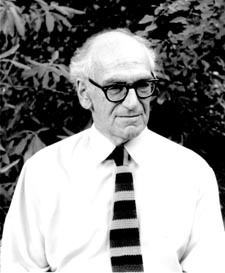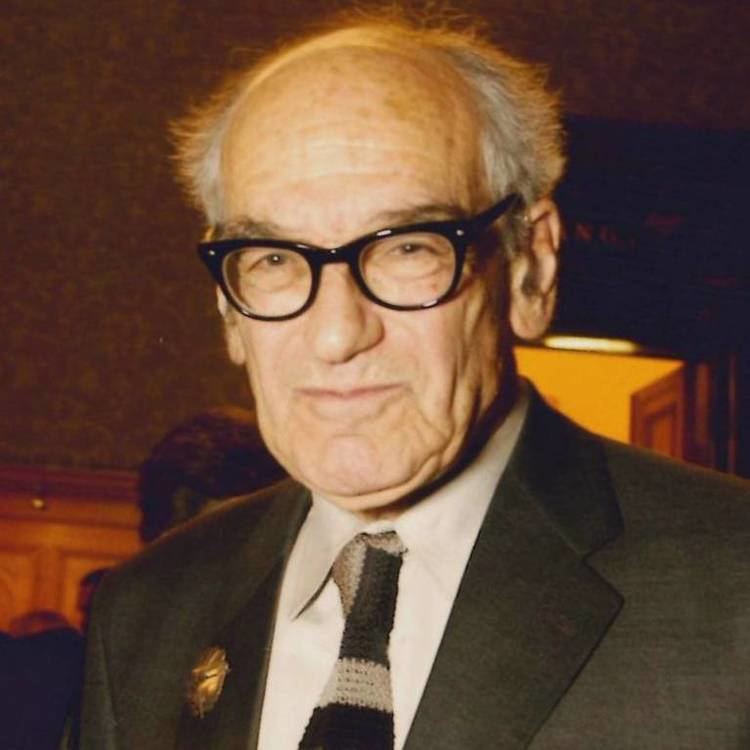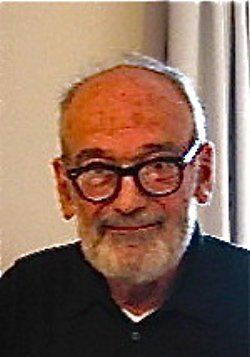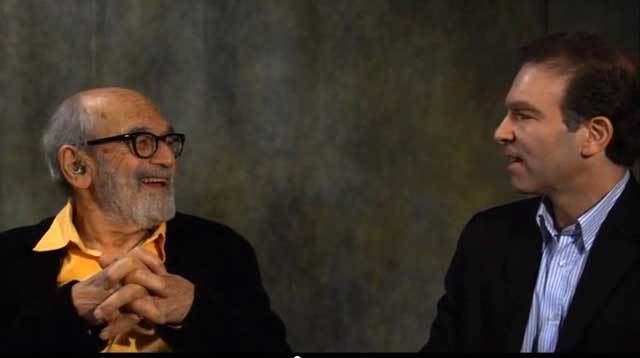Nationality American | Name James Ackerman | |
 | ||
Full Name James Sloss Ackerman People also search for Francis Molo, Michelangelo Muraro, Paolo Marton, Morgan Freeman Parents Louise Sloss, Lloyd Stuart Ackerman Awards Alice Davis Hitchcock Award, Guggenheim Fellowship for Humanities, US & Canada Books The Villa, The architecture of Michel, Origins - Imitation - Conventions, Palladio, Distance Points | ||
Now james s ackerman in conversation with mohsen mostafavi and erika naginski
James Sloss Ackerman (November 8, 1919 – December 31, 2016) was an American architectural historian, a major scholar of Michelangelo's architecture, of Palladio and of Italian Renaissance architectural theory.
Contents
- Now james s ackerman in conversation with mohsen mostafavi and erika naginski
- Biography
- Selected publications
- References

In 2017, Ackerman was awarded the Henry Hope Reed Award.

Biography

Ackerman was born in San Francisco in November 1919. He studied at the Cate School in Carpinteria, California, graduating in 1937 before attending Yale University. At Yale, 1938–41, he came under the influence of Henri Focillon. His graduate work was at the Institute of Fine Arts, New York University (MA 1947, PhD 1952), where he studied with Richard Krautheimer and Erwin Panofsky. His studies were interrupted by his World War II service in the US Army in Italy, which, however, gave him an opportunity to increase his on-site understanding of Italian Renaissance architecture, his specialty—he was assigned to retrieve the archives secured at the Certosa di Pavia. He was a Fellow at the American Academy in Rome (1949–52). He taught at Berkeley and from 1960 at Harvard as Arthur Kingsley Porter Professor of Fine Arts until his retirement in 1990.

He was the editor of The Art Bulletin (1956–60) and Annali d'architettura. Ackerman was elected a Fellow of the American Academy of Arts and Sciences in 1963. He was a member of the American Philosophical Society, and a corresponding member of the British Academy, the Bavarian Academy of Sciences, the Accademia Olimpica, Vicenza, the Ateneo Veneto, the Accademia di San Luca in Rome and the Royal Society of Sciences in Uppsala. He gave the Slade Lectures at Cambridge in 1969-70. He received six honorary doctorates and was a Grand Officer of the Order of Merit of the Italian Republic, an honorary citizen of Padua, and received a Special Golden Lion Award at the Venice Biennale of Architecture of 2008.

His rigorous method set architecture in the broader contexts of cultural and intellectual history. He was awarded the Balzan Prize 2001 for achievement in architectural history and urbanism and the Paul Kristeller citation 2001 of the Renaissance Society of America for lifetime achievement. Ackerman conceived and narrated the films shot by John Terry Looking for Renaissance Rome (1975, with Kathleen Weil-Garris Brandt) and Palladio the Architect and His Influence in America (1980).
He died in December 2016 at the age of 97.
Selected publications
Aside from numerous articles, Ackerman has written
